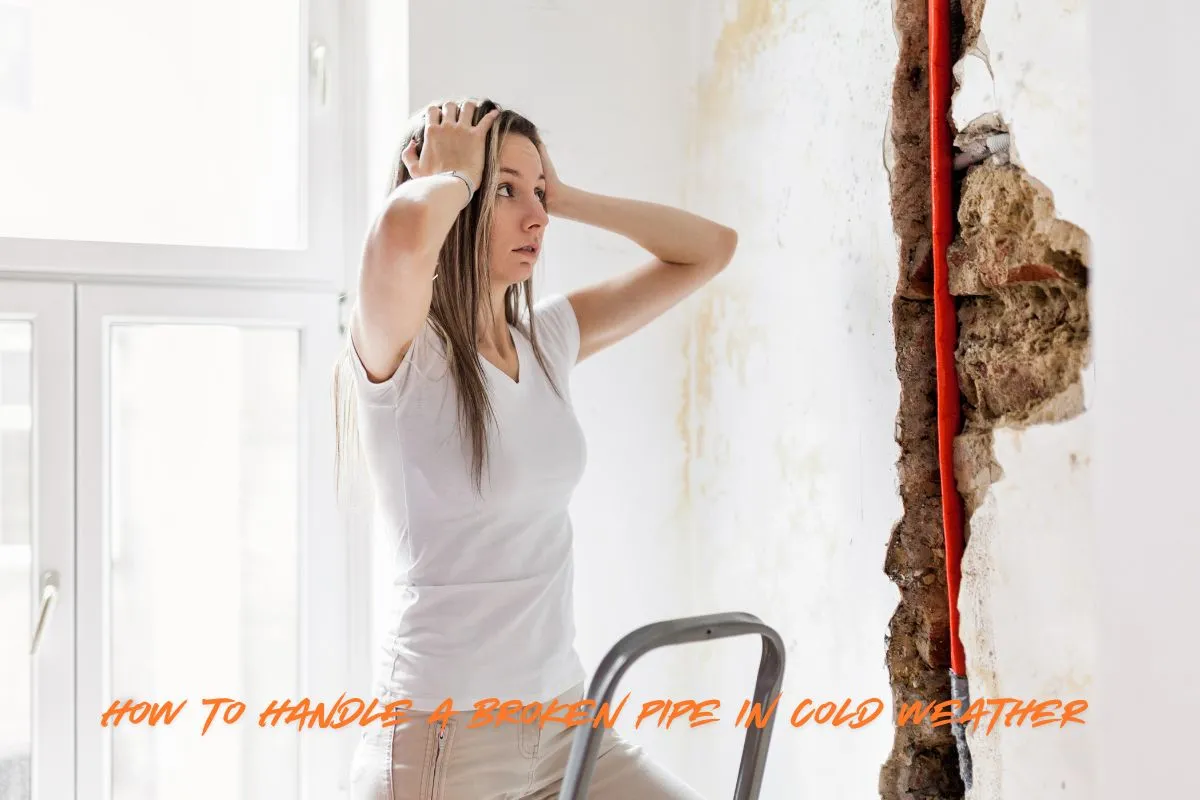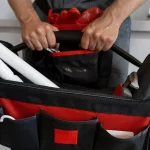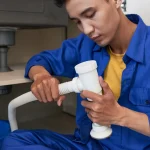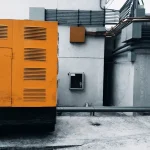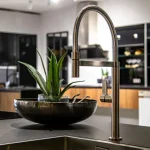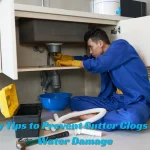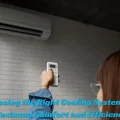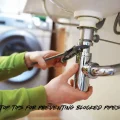Winter weather can wreak havoc on your plumbing, with frozen and burst pipes being one of the most common—and costly—emergencies. Knowing how to respond quickly can minimize water damage and repair costs. Here’s a step-by-step guide to handling a broken pipe during cold weather.
1. Shut Off the Water Immediately
The first and most critical step is stopping the water flow:
- Locate your main water shut-off valve (usually in the basement, crawl space, or near the water meter)
- Turn the valve clockwise to stop water supply to your entire home
- If the break is isolated (like under a sink), use the local shut-off valve
Pro Tip: Label your main valve clearly and ensure all household members know its location.
2. Drain the Remaining Water
After shutting off the water:
- Open all faucets to drain remaining water from the pipes
- Flush toilets to empty tanks
- This relieves pressure in the system and prevents additional bursts
3. Locate and Assess the Damage
Identify the broken pipe by looking for:
- Visible spraying or pooling water
- Bulging pipes (indicating ice blockages)
- Damp patches on walls/ceilings
- Unusual drops in water pressure
Safety First: Avoid standing water near electrical outlets or appliances.
4. Call Emergency Plumbing Services in Leigh-on-Sea
For major bursts or if you’re unsure about repairs, contact professional Emergency Plumbing Services in Leigh-on-Sea who can:
- Provide 24/7 emergency response
- Use specialized leak detection equipment
- Make permanent repairs to prevent recurrence
Did You Know? Most home insurance policies cover water damage from burst pipes if addressed promptly.
5. Temporary Repairs (If Safe to Do So)
While waiting for a plumber, you may:
- Apply pipe repair clamps or epoxy putty for small cracks
- Wrap rubber sheets around the break secured with hose clamps
- Use waterproof tape as a very short-term solution
Warning: These are temporary fixes only—permanent repairs are still needed.
6. Document the Damage
For insurance purposes:
- Take photos/videos of the burst pipe and any water damage
- Keep receipts for emergency repairs
- Note dates/times of the incident and repairs
7. Begin Water Damage Mitigation
Prevent mold and structural damage by:
- Removing standing water with a wet/dry vacuum
- Placing fans/dehumidifiers to dry affected areas
- Moving valuables to dry spaces
- Pulling up soaked carpets/rugs
8. Prevent Future Freezes
After repairs, safeguard your pipes by:
- Insulating exposed pipes with foam sleeves
- Keeping cabinet doors open to allow warm air circulation
- Maintaining home temperature above 13°C (55°F) when away
- Letting faucets drip slightly during extreme cold
9. Know When to Call Professionals
Seek immediate help if you experience:
- Multiple burst pipes
- Water near electrical systems
- No access to shut-off valves
- Sewage backups
10. Winter Plumbing Preparedness Kit
Be ready for future emergencies with:
- Pipe insulation materials
- Plumber’s tape/repair clamps
- Water shut-off tool (if valves are stiff)
- Emergency plumber’s contact information
Final Thoughts
A burst pipe requires swift action to limit damage. By shutting off water immediately, making temporary repairs, and calling professional Emergency Plumbing Services in Leigh-on-Sea, you can protect your home from extensive water damage. Remember that prevention is always better than repair—proper winterization of your plumbing system can save you from this stressful situation entirely.

